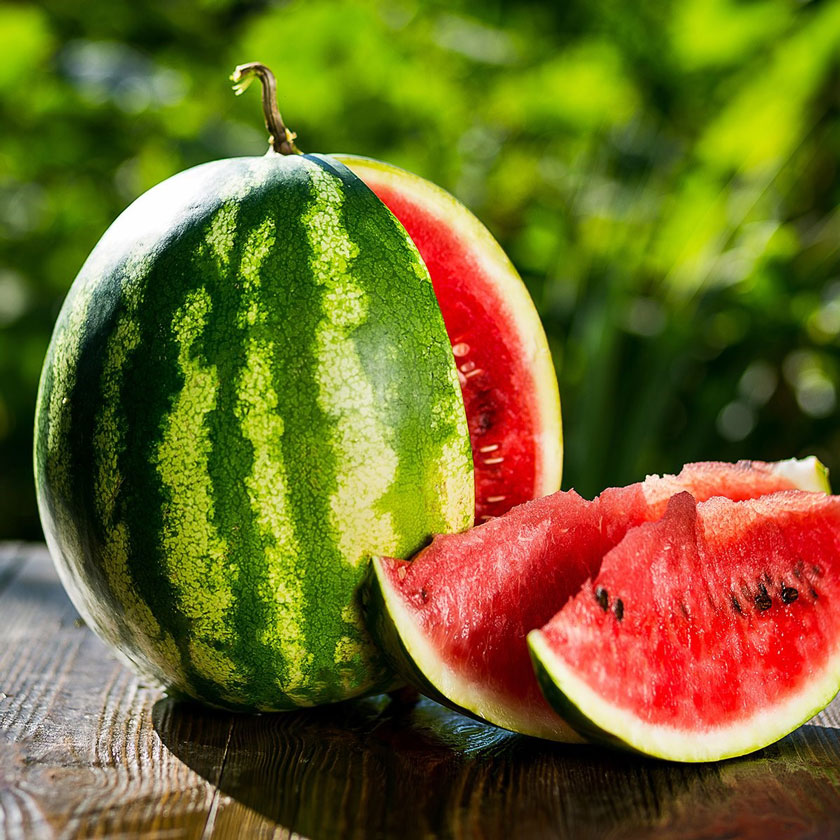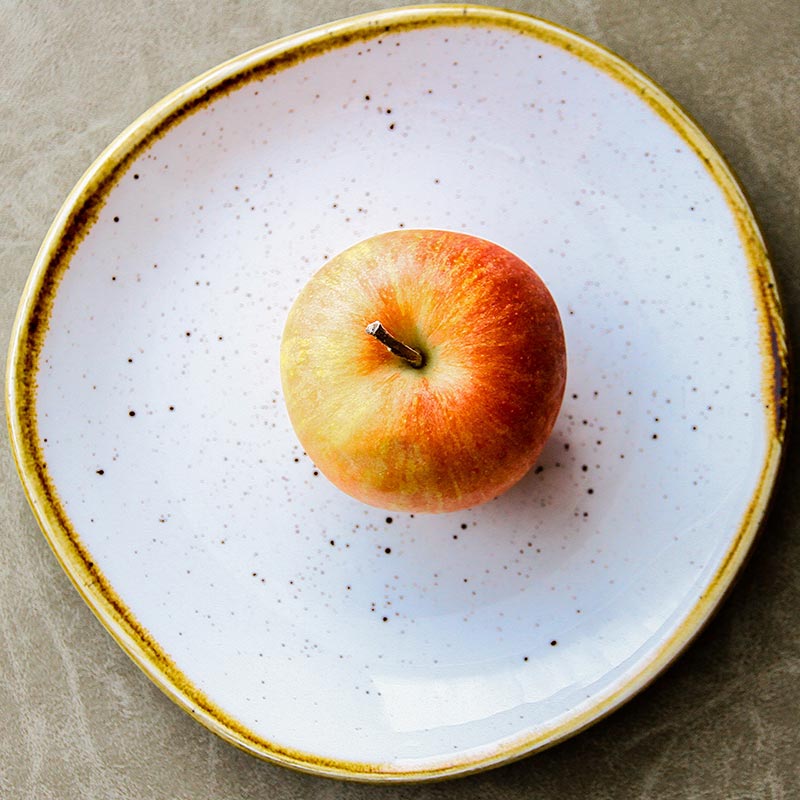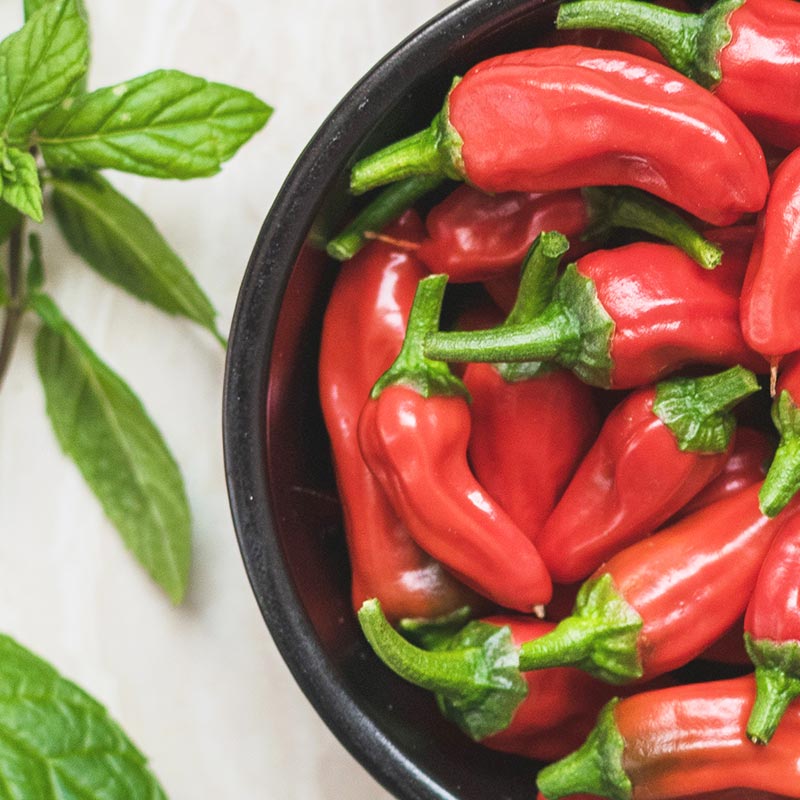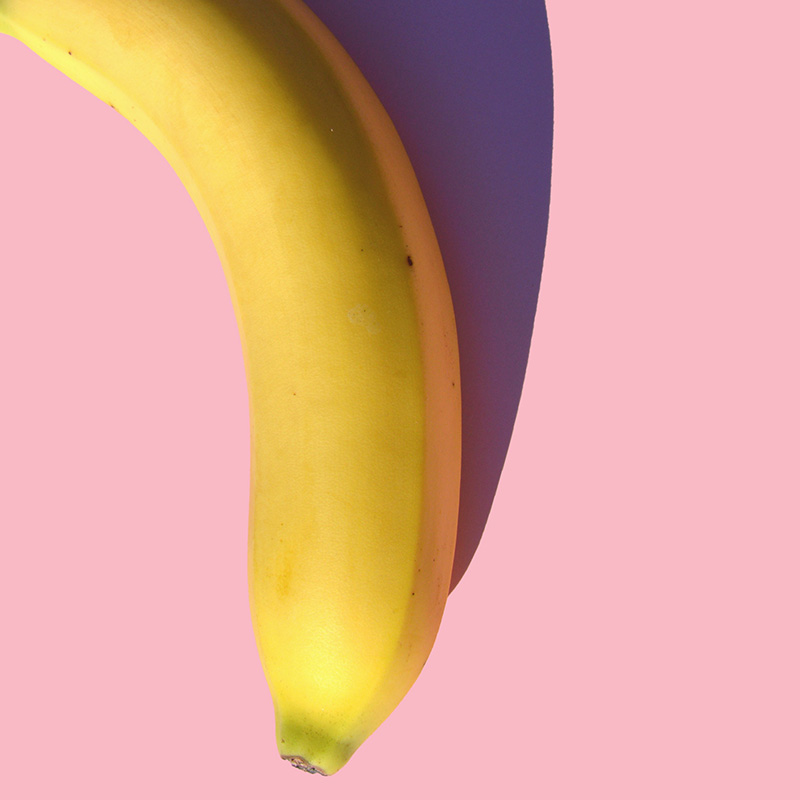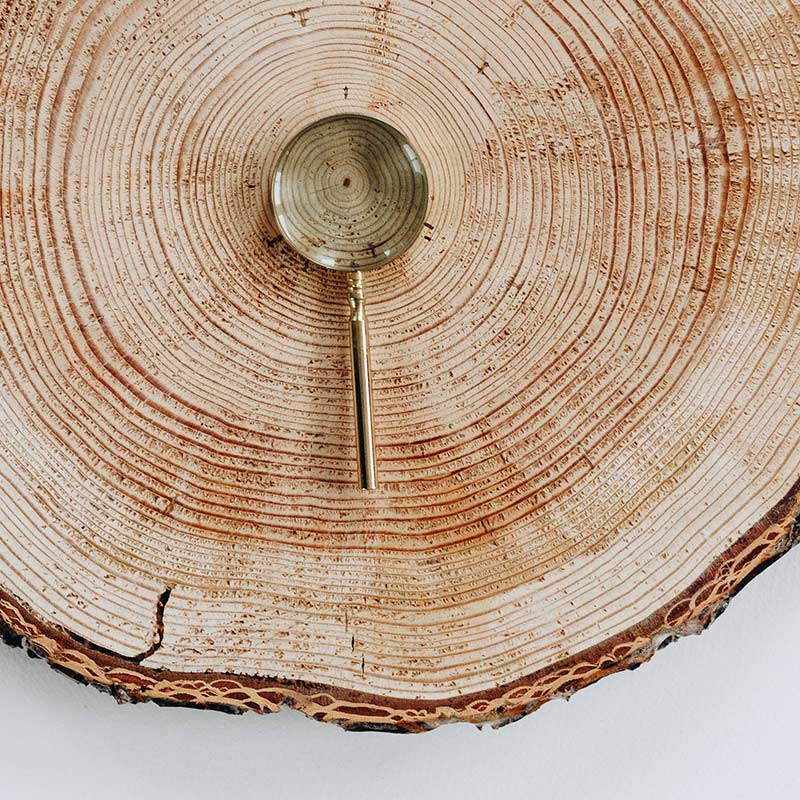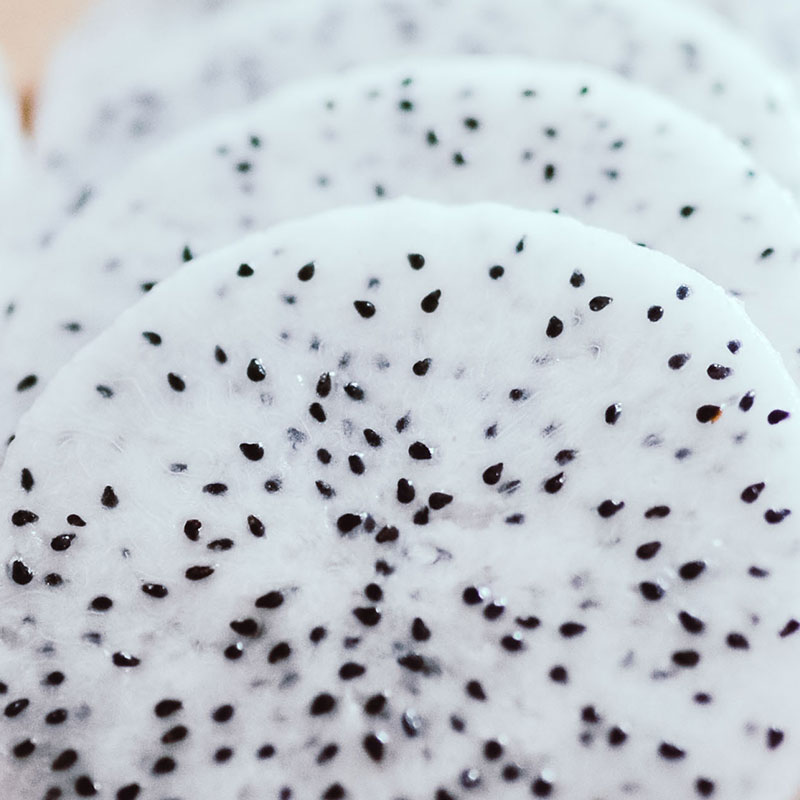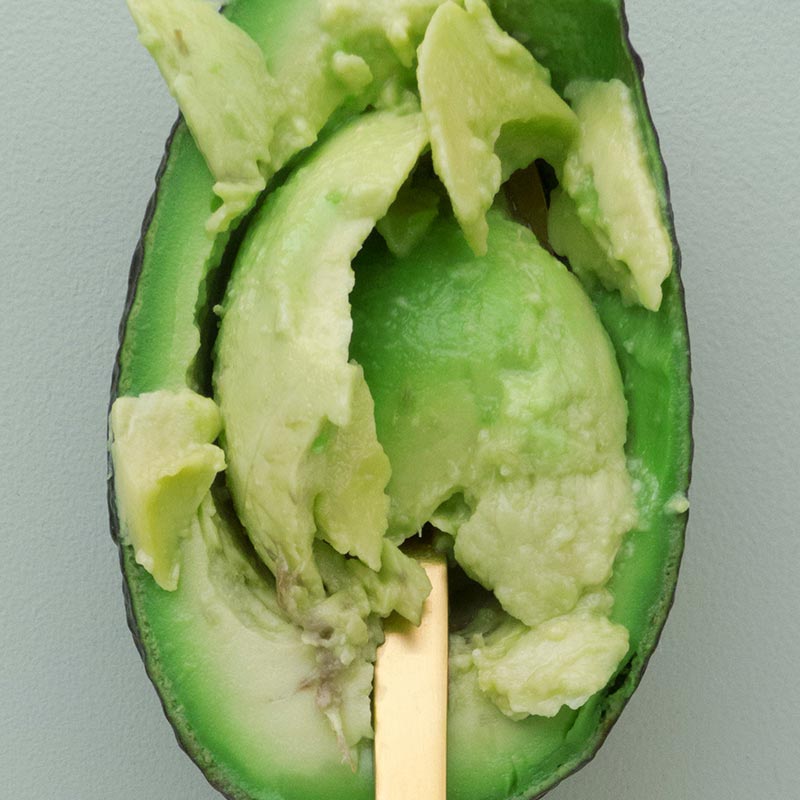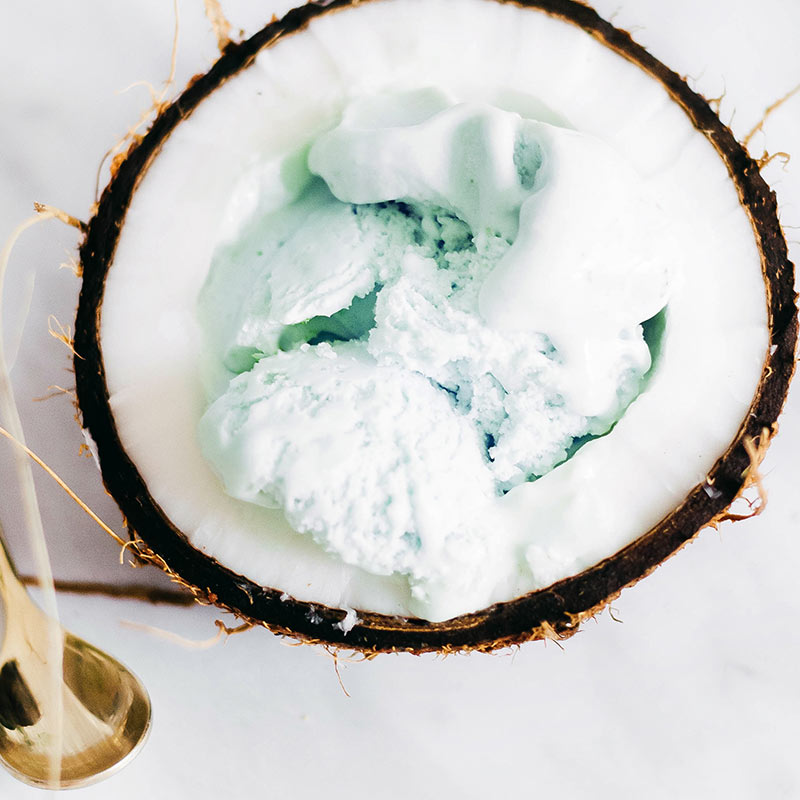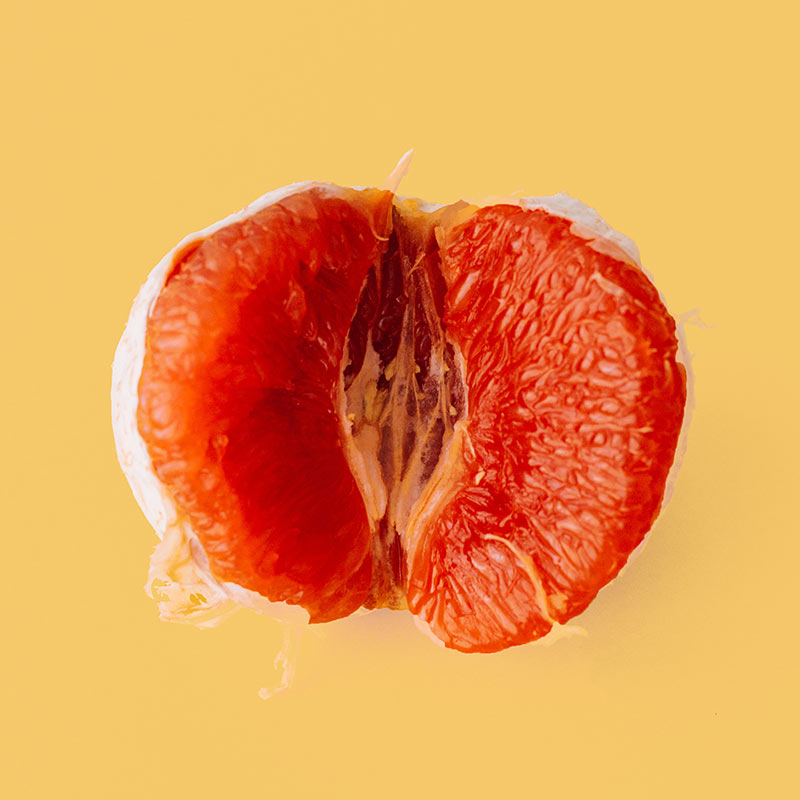Nothing says summertime like a juicy and ripe slice of watermelon! First cultivated in Africa thousands of years ago, watermelon has become a staple summer food
Our family has been growing watermelons for several years
When picking out a watermelon to take home, look for one that is dark green, symmetrical, and contains few dents and cuts. A ripe watermelon will be pink-red on the inside whereas an unripe watermelon will be a more pale pink.
Although watermelon contains 92 percent water, it’s 100 percent versatile and you can do more with it than you ever thought! Naturally, watermelon is always a welcome addition to fruit or traditional salads, but try freezing it to make a popsicle that’s sure to be a hit at gatherings. Additionally, watermelon sherbet and watermelon lemonade are surefire ways to cool down on those hot summer days. Many people assume that the watermelon rind is inedible, but they’re wrong! In fact, pickled watermelon rind has been a traditional Southern food for generations!
Watermelon, like other fruit, is rich in Vitamin-C and contains around 20 percent of your daily value. Additionally, it contains about 17 percent of your daily Vitamin-A intake which promotes skin and eye health. One cup of diced watermelon has about 45 calories, but most people eat watermelon in slices and each slice has about 85 calories making watermelon a healthy treat to snack on at lunch.
If you are interested in purchasing or learning more about our delicious watermelons and their availability, contact us today!
Rockmelon
The cantaloupe, rockmelon (Australia), sweet melon, or spanspek (South Africa) is a melon that is a variety of the muskmelon (Cucumis melo) species from the Cucurbitaceae family.
Cantaloupes range in weight from 0.5 to 5 kilograms (1 to 11 lb). Originally, cantaloupe referred only to the non-netted, orange-fleshed melons of Europe, but today may refer to any orange-fleshed melon of the C. melo species
In 2016, global production of melons, including cantaloupes, was 31.2 million tonnes, with China accounting for 51% of the world total (15.9 million tonnes). Other significant countries growing cantaloupe were Turkey, Iran, Egypt, and India, with each producing 1 to 1.9 million tonnes
Honeydew
A honeydew has a round to slightly oval shape, typically 15–22 cm (5.9–8.7 in) long. It generally ranges in weight from 1.8 to 3.6 kg (4.0 to 7.9 lb). The flesh is usually pale green in color, while the smooth peel ranges from greenish to yellow. Like most fruit, honeydew has seeds. The inner flesh is eaten, often for dessert, and honeydew is commonly found in supermarkets across the world alongside cantaloupe melons and watermelons.
This fruit grows best in semiarid climates and is harvested based on maturity, not size. Maturity can be hard to judge, but it is based upon the ground color ranging from greenish white (immature) to creamy yellow (mature).
Persian melons
Persian melons are cultivars of Cucumis melo, a type of melon, also called Odessa melons. They are elongate, unridged, with dark green skin with irregular yellowish bands,and flesh of a deep orange colour.
Supply time:
<td >
| January | |
| February | |
| March | Available |
| April | Available |
| May | Available |
| June | Available |
| July | Available |
| August | Available |
| September | Available |
| October | |
| November | |
| December |






